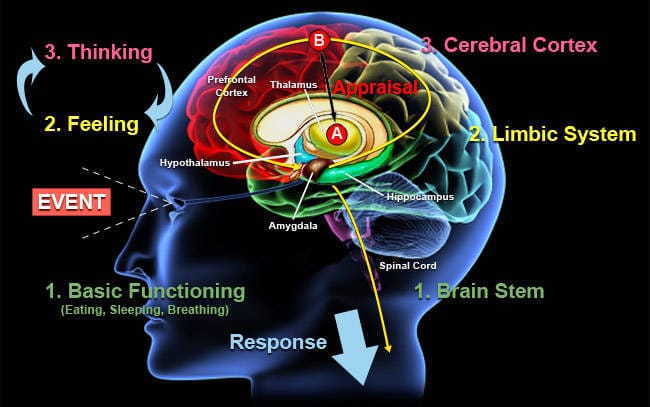9 Scientific Studies Suggesting Consciousness May Influence Physical Reality

There was a time, not long ago, when scientists believed the physical world—the stuff we can see and touch—was the only thing that was real. They thought everything was made of random pieces of matter with no deeper meaning or order. In other words, “what you see is what you get.”
That idea changed when physicists proved that everything in the universe exists because of energy—not just matter.
All matter (like gas, liquid, or solid things) is made from atoms. Atoms are the smallest parts of matter. Inside each atom is a nucleus made up of protons and neutrons. Electrons orbit the nucleus, kind of like how planets orbit the sun. What keeps all of these parts in balance is energy.
Scientists like Albert Einstein and Max Planck spent much of their lives studying this. They helped show that energy is at the core of everything that exists.
Since our bodies are made up of countless atoms, we are naturally made of energy. Many people—including the writers of this article—believe that energy comes from consciousness, and that this consciousness is directly connected to the physical world around us.
Below are 9 scientific studies that suggest a link between consciousness (our awareness and thoughts) and the material universe:
1. The Placebo Effect
At Baylor School of Medicine, researchers studied people with serious knee pain. They put patients into three groups:
- One group had actual knee surgery to shave damaged cartilage.
- Another group had their knee joint flushed out.
- The last group was sedated, but no real surgery was done—the doctors just made small cuts to make it look like surgery happened.
Surprisingly, the people who got no real surgery improved just as much as those who did.
This shows how our beliefs can change our physical health. The placebo effect is making scientists rethink medicine, and it's causing problems for drug companies that make billions from medications.
2. The Heart and Electromagnetic Experiments
The heart produces the strongest electromagnetic field in the human body. Scientists found that this field carries emotional information—how you feel can actually change the energy around your heart.
When your emotions change, the field changes too. Researchers are now trying to learn how feelings like love, compassion, and empathy might help us heal ourselves or affect others in positive ways.
3. Princeton’s Intention and Desire Experiment
At Princeton University, scientists had 300 people look at a screen showing two images: an astronaut and a leopard. At first, the images appeared randomly. Then the scientists asked the group which image they preferred. Most picked the astronaut.
After that, the group focused only on seeing the astronaut image. Even though the computer was still set to display images randomly, only the astronaut started showing up.
This suggests that our thoughts might be able to influence random events.
4. The Quantum Double Slit Experiment
This experiment is very complex, but here’s the simple version:
Scientists shot tiny particles through two slits. They expected the particles to hit the wall in the shape of the two slits.
But instead, the particles created a pattern that looked like waves interfering with each other—something that shouldn’t happen unless the particles were being watched or influenced.
This strange effect has been repeated in many labs and suggests that consciousness (the act of observing) might actually shape reality.
To continue reading Secret House knowledge please consider become a paid member.

